
Book a demo to learn more about PickyStory's e-commerce upsell platform
By entering your email, you agree to receive marketing emails from PickyStory.
Trusted by the fastest-growing
e-commerce brands
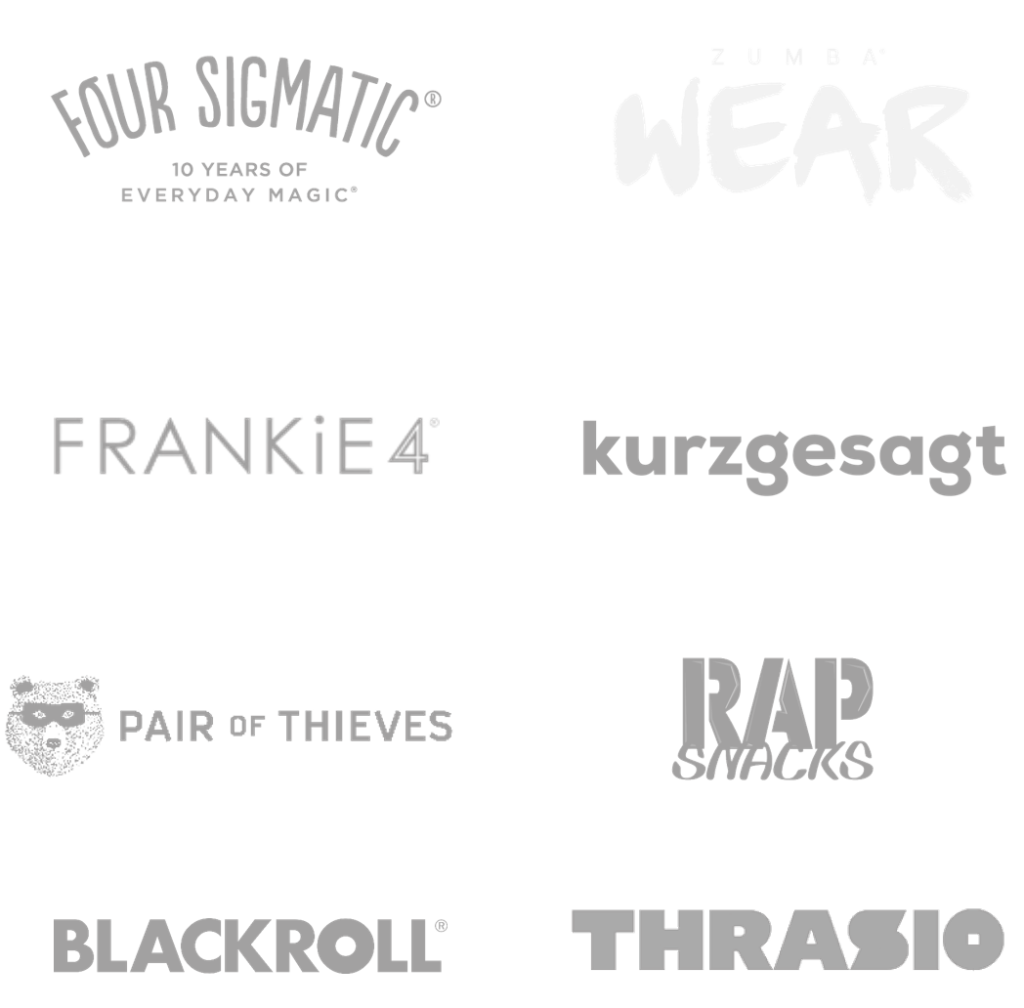
Hear the amazing story behind Zenbivy’s rapid growth and discover the tools that power their success, with Zenbivy CEO Michael Glavin and PickyStory CEO Alex Green.

Michael Glavin
Founder & CEO


Alex Green
Co-founder & CEO
Prefer reading? Here’s the full interview
Alex: Hi everyone, today we have with us Michael Glavin who is also the founder and general manager at Zenbivy, a top sleeping system brand in the US and we would like to share with you the story of Michael and his team and how they started, how they grew their business, how they increased their sales and uplifted their AOV in a very impressive way and also with PickyStory. We would like to share the story of what they are doing, and some tips and tricks that can help you to grow your business in the e-comm space. That’s it, so let’s introduce Michael. Hi Michael, how are you?
Michael: Hi, good morning, nice to see you. I guess good afternoon, to you.
Alex: Yeah good afternoon for us. Michael so maybe we can jump right in and I can ask you about the intro, the backend story, how did Zenbivy get started?
Michael: So, I worked in wholesale my for my career, 25 years in the outdoor industry and wanted to start a direct-to-consumer brand. We launched on Kickstarter in 2017 and had a successful launch, we delivered that in December 2017. Our first year in business was 2018 and our plan all along was to be direct-to-consumer only, so we use Shopify as our selling platform and now we’re just completed our 4th full year of business.
So we are still in that quick growth phase because we’re doing it direct, earning it customer by customer. It’s a model that I think wasn’t possible even 4…5…6 years ago, to do the things that we’re able to do now without any real infrastructure. All of our software is software services and it’s been great because as an innovator and an inventor, it’s just a great time to be an innovator because, before, you’ve always had to have some other partner to help establish a legitimate business. Now if you have the right people and the right product, and the right story, you have the tools available to go and tell that story directly to your consumer and eliminate all those middlemen that are all ultimately barriers to innovation along the way. So you can just innovate directly with your customer and then work backward.
So before, we would start by selling to wholesalers and then to retailers and then to consumers and now we just skip the whole process and go right to the consumers and should we choose once we reach that phase in our development we can start backfilling some of the other channels after we’ve established the brand directly with customers. So it’s been great, the whole idea behind Zenbivy was to make sleeping in the backcountry more comfortable.
The solution that most people use is the “mummy bag” which is not very comfortable unless you sleep like a mummy, so our product delivers a bed-like experience at the weight and thermal performance of a mummy bag so it really does elevate the experience for users. But, it’s not what they’re used to and it requires more in-depth storytelling to really connect and convince customers “hey wait this radically new idea is something that I want to consider” and maybe try out.
Alex: Sure, I mean, that’s amazing. And maybe you can share a little bit about what inspired you to go after sleeping bags or sleeping systems, how did you get there? Are you an outdoor enthusiast, or how did you get into this?
Michael: Yeah, I’m a climber, backpacker, kayaker myself and I’m also a stomach sleeper so I am one of the people who has sort of struggled with mummy bags my whole life, or the solutions that the industry presented. The original idea was more than 20 years ago, I worked for a brand called Therm-a-Rest, people in this category may know – they make mattresses, they also do some sleeping bags now. I was the director of marketing there at the time prior to them doing sleeping bags, and I wanted to get the brand into sleeping bags and there wasn’t really an appetite for it then. I would tell people “no not sleeping bags, beds! We’re gonna make beds to go with our mattresses!”. But at that time I didn’t know what it meant, really.
Then I left, worked in other places for a while in other categories, and then came back to a brand called Sierra Designs which is one of the legendary brands in the US. There, we really focused on innovating in the sleeping category and that’s where the first bed styles came up. There’s a product called the Backcountry Bed from Sierra Designs and a few others that were that first sort of entrance into trying to beat the mummy bag.
So it’s easy to make a bed out of these things (down and fabric) but it’s not easy to make a bed that is as warm and light as a mummy bag. So the whole 2-piece design and everything is all part of getting the weight down so you’re literally as thermally efficient as a mummy bag, but able to sleep in it like it bed. There’s been other solutions that have tried to be a bed, including ones I’ve done in the past, but they’ve always had some sort of compromise. The Zenbivy bed is sort of the first one that really solves all the problems of a bed-style interface and allows you to tuck in with zippers along the side but still sleep with covers like people are used to sleeping at home.
So the majority of people find a more natural sleep state in the Zenbivy bed than they do in other camp beds and of course, that’s key to your enjoyment and wanting to get back out and go out in the backcountry again. They suffer and then they don’t want to go back, and a lot of it has to do with sleep. The sleeping solutions are designed for dead people and most people who are camping are still alive and they need a solution too. People in our category understand – a lot of people will see it immediately and think “Oh yeah, that’s what I’ve been looking for”, so it’s been fun.
Alex: So, Zenbivy is about bringing comfort to the outdoors experience, is that what actually makes you different?
Michael: It is, it’s comfort. It’s building these solutions that are designed to sleep like a person, rather than just focusing on it being thermally efficient. It’s more about, what does it take to make a person sleep effectively throughout the night and coming up with a solution that does that, then making it thermally efficient. So it’s actually a different mindset, there were always bags that were chosen because they can contain the heat and they are relatively thermally efficient, but people don’t sleep in bags at home, ever. There’s no people really that will get into a bag at night.
There’s different bedding styles but the idea is if you can’t sleep similarly to the way that you sleep at home you’re not going to rest very well, so you need to be comfortable. the real goal is to provide comfort so that people feel inspired to go and that people will get out more. So our real mission is to get more people out and enjoying the outdoors by making it more comfortable and accessible.
Alex: Got it. Even for those who have never tried the outdoors, or are afraid of going outdoors because of the comfortability, and are trying to get to the first journey maybe with some better tools and equipment.
Michael: Right
Alex: And one thing that we noticed here at PickyStory is that you really focus on selling sleeping systems, right? You are talking about systems, and systems are basically certain components that you are selling together in order to give customers this experience of “Here’s what you need, take it and use it, you know this is the right way to use it when you’re on your journey”. So can you tell us a little bit about this, your concept of systems or deals that you are selling, and how did you get there?
Michael: Right. The first component is in the marketplace in general, sleeping bags and mattresses are sold independently of one another. Sleeping bags have a temperature rating system and mattresses have a temperature rating system, but the two don’t go together. So even in the marketplace, in general, there’s confusion about how to create your own sleep system.
But the Zenbivy bed is not a sleeping bag, there are 2 pieces of it. The bottom piece actually attaches to the mattress and then the top piece attaches to the bottom piece, we call it “tucking in”, with zippers. And so it’s not like any other so there’s more components and extra components and that causes some confusion. So customers are used to seeing a mummy bag and you’re saying no hold on now we’ve got a fitted sheet that goes over the mattress and then got this blanket in it goes in here and so it can tend to overwhelm them.
So we have people who are intrigued, because they want to be comfortable, and they see the pictures and it looks comfortable and definitely looks better than their mummy bag, but they kind of get into that spot where they are ready to really consider it. They read reviews about us and they recognise this is something that’s really viable that they want to try, but it’s still a little a complicated because there’s a sheet and a quilt and you have to fit it to the mattress, so there’s a little more to it to put together that system. So we solve that mattress thermal efficiency for the customer by pairing mattresses and quilts that are designed to go together to create a perfect system. A lot of times people also don’t know how to get it into their backpack; do I carry it like this, or like that, and how do I inflate the mattress.
So we solve all of those problems and basically, you can buy what we call “bundles” and it’s basically a turnkey way through PickyStory to just say yes I want the one that’s the best all around, or the best for backpacking, or the best for comfort. We have different packages that we put together and you can click on it, it loads all the correct items into the cart for you and all you need to do is select your size and color and you’re done. So there’s no way to really make mistakes and get it wrong.
And I’m not saying it’s that complicated, but it’s reassuring for customers who are doing something new to see it packaged for them in a way that makes sense and they go okay this all goes with this and we have given you the correct sized mattress and its all in the bundle. We use different terminology than you do, but we call them bundles and I think they are actually “Looks” is what we’re actually using in the PickyStory vernacular. It’s really helped us, not only in helping to convert but just in showing the customer what the pieces are.
It’s very educational, you know, I look at this “Look” and now I know what this bed system looks like and what all the pieces are and what goes together. I see it all goes into these 2 little bags which go in my backpack. It simplifies it for a lot of our customers who don’t want to mess around with the sizing or picking components or which mattress exactly or whatever. It allows us to ask them a few very high-level questions and then just provide the whole solution turnkey. People want that, they really want it.
Alex: The ease, the ease of use, finding things fast. They want the template, people want templates and usually they buy templates faster than just picking different individual components. We also know that people, when you just move them from one page to another, they just lose it with every click, and the conversion rate drops. We know that the faster they go, it’s usually the better.
Michael: Right, before PickyStory the customer would have to go and find the quilt and put it in their cart, then back out and go to the sheet and find the sheet and put in their cart, and then back out and then go to the mattress and then go “wait, what size mattress do I get?” and then make sure the mattress size fits with the sheet they just bought. Then get the mattress and go “Oh, do I need a pillow?” and then they go “Ohh, how do I store it?”.
All of that, that journey, there were questions along the way. Especially with a high-priced item like this, our beds start around $300 and go up from there – a complete system is $600 or $700 often so this is not a quick click-click-click purchase for a lot of these people, it’s a major purchase. They want to be assured that they are getting the right thing. So it really just makes that journey of exploration easier and then once you actually go to convert it makes the journey of the conversion journey a lot simpler and easier for the customer as well.
Alex: Got it, so basically at a certain point you understood that you needed to create categories or sleeping systems per category, per intent, per topic in your store, and you’re trying to find a way to do it. You told me before our call about different coding that you did, and things that broke and then you suddenly found PickyStory and it solved this problem. So you can tell me a little bit about this journey? What was the goal at the beginning, was it AOV, was it increasing sales, what was it?
Michael: Yeah, the goal at the beginning on Kickstarter, we just had the sleeping bag which was a 2 piece bed. You bought the mattress and all the other accessories separately, like you do with everybody else. But as we started bringing in and completing the system with our assortment, there became this need to show people how this all went together. So we went to the Shopify App Store and we started by exploring apps that were on there to see if they met our needs.
Inevitably what most of the products on the App Store did was bundle products together so you could take this SKU and this SKU and this SKU and say I want to buy all those together. But when it went through Shopify, it would create a custom product that was a new product that’s this plus this plus this plus this, but in our warehouse, we don’t have that new product we just have this this this this and this.
So they created custom products not bundles of existing products, so that was our first problem. We could show it the way we wanted to, but then there was not the support on the backend to have us be able to just run it through our system. What the customer would get in their cart was a custom item, not a list all the items. So we went through lots of apps, we probably tried half a dozen and demoed them to kind of see if they would work for us and none of them worked. So then we got a custom app developer to develop a custom app that did basically the same thing.
Alex: Because you didn’t find anything else at the time?
Michael: Right, we couldn’t find it on the App Store, we thought we have a unique need here to be able to put these things together so maybe we have to go out and do some custom coding. So we spent a good bit of money, I mean it wasn’t huge money but significant money for a startup, to do this custom app and it worked until you would update your theme or do anything on your site, and then it would break.
Then we want to add an item and we couldn’t and then we come up with a new mattress and we have to recode it to put the new mattress in, and then we would update our theme and it would break and we’d have to have the developer come back in again so it was an ongoing cost and the tool wasn’t very flexible. We couldn’t modify the items in it, couldn’t change the hierarchy of it, and so as a result it floundered on our site. Some people used it but it was not popular on our site, and it was expensive, so…
Alex: And I think that’s the thing that many people don’t understand when they go with custom code. They think it’s a one-time payment that you do, you build something and then it lasts forever and you use it.
Michael: Right, no, it was an ongoing disaster from the very beginning. By the time we spent the original money we were already like, this might not have been the best idea, and then with each step along the way it was really, even from the very beginning we knew we were throwing good money at bad, so we didn’t do it long. So we just pulled that out.
I don’t remember how we found PickyStory, because PickyStory has been adding features along the way, PickyStory has been expanding. The first one we used with PickyStory, you have to help me with the terms because we have our own internal terms for them, you saw the actual product and then it says “customers also bought” I think its how you’re presenting it, but for us, we say “complete your bed”. So your main product page is your quilt and then here’s your mattress and your pillow and stuff down below on the regular product page.
That was the first step with PickyStory and it was fantastic. We were all excited and it was working and it really started to reduce our customer service inquiries, just having it all laid out that way. If you see our site you’ll see all these “math” we call them, when you have a quilt plus that, we have graphics that are basically now created to mimic what PickyStory also does, which is put these things together and show them together. Then PickyStory added a feature and that’s where things really blew up for us because that’s what we could then present at the top level here is a “product” right.
Alex: Yeah, the combo product.
Michael: So yeah, when the combo products were added then things really blew up because that’s where we were really able to present a whole combo of items shown together. And you could navigate to it at the top level like I want to buy a complete bundle and that probably started sometime last year.
Alex: Yeah, around June.
Michael: So I would get your emails and I was like this sounds like the feature we’ve been looking for all along.
Alex: So maybe just to give context to our audience we are talking about combo products, which are basically products in your Shopify catalog and you can link your individual real products to it and it just shows up like one product with all the child components. Then you can just pick it up as one thing and it splits again or blows in your cart as single items and everything is tracked. Just so people understand better what we’re talking about.
Michael: And that was exactly what we needed that from the very very beginning. So we only started, since we’ve been talking to you recently, we have now expanded where they are being shown on the site. We did just have a special area where you looked at the bundles and now we’re starting to integrate it more into the different pages where the individual products are linked because we’re realizing just how many of our customers are using these tools.
I was shocked when I heard that over 40% of our revenue is being generated through the PickyStory tools. And we do have a significant percentage of our business from return customers. Generally, a return customer isn’t buying a whole package. So yeah, it’s even more impressive. So really those first times Zenbivy users who are coming in and buying into the system are really finding those tools helpful because it’s a huge percentage of our orders and our revenue.
The average order value for something going through PickyStory is more than double the average order value without PickyStory, which makes sense – you’re putting things together – but in terms of adding on it’s like “well I would buy the bed, or I might buy the bed and mattress, but now you’re giving me the whole package and making really simple and so I’m just going to buy the whole package from you.”
Alex: But why do you think they accept the idea of, t’s easier, which I’m sure that’s 80% or 70% of the decision-making process with your customers. Are you offering discounts or something like that or do you incentivize the purchase?
Michael: Not yet, we want to get to that phase in fact we want to start that, we’re figuring out how to integrate it, so we haven’t put a discount on any of these. This is all just the capability of putting the things together so it’s making it simple, and the other big factor is that they are confident that they’ve got it right. So they know they’re not making a mistake because like I said it’s a new thing, and they are spending a lot of money.
People want to make sure that they are getting the right thing when they’re doing something brand new that they don’t quite fully understand. You are asking them to take a pretty big leap of faith, to get rid of the mummy bag which we had for 60 years and have to do something new, and it looks strange a little bit to some people and so I think it just helps them with the confidence in our case of knowing that they are putting the right pieces together.
Alex: Because you also mentioned that it is an educational product, you can think about it as a new type of subcategory in the sleeping bag industry or market right then basically you are using PickyStory not only to increase your sales and make it easier to pick it up but also too as you said to educate your customers about this new type of, I don’t know if technology, but at least layout, for this product that they can use instead of the old way.
Michael: I think that there really is. People are used to sleeping bags, this is not a sleeping bag so we are replacing a bag with something that’s not a sleeping bag and so there’s an element of “this is not what I’m used to”, because ever since the history of time everybody is using a sleeping bag. So when you’re saying now it’s just a blanket on the top of the bottom and how does it all kind of go together, it just really adds that confidence.
It makes things simple and people a lot of times will already have a mattress, and they’re like well which size does it fit and we’ll ask them which size mattress do you have and they don’t know. But if you just buy a bundle, you get a new mattress – it’s thermally matched, it fits and it all goes together and it makes that upselling very simple. Encourage them to to to make sure they getting it right – these people say they just want to sleep comfortably like the person you are showing them in the picture.
They don’t want to learn about hydrophobic down and different shaped mattresses and they don’t want learn about all that stuff, they just want to sleep comfortably. It helps to educate them by putting the pieces together and say now this goes with this and then look when you’re done they all go into these two little bags and they come included and they’re like oh I get it, so it just really helps convert in that way.
Alex: Did it help you in terms of marketing channels? I mean are you using these systems and the imagery that you have there around the components together in order to market to your people? Or just you’re waiting for them to come to your website and then you show them?
Michael: Yeah so we haven’t done any outreach marketing yet showing the bundles coming together. Most of the time people are coming in, they’re intrigued with the two-part sleeping system and this is just like okay, will I decide to do it, what are the rest of the pieces that I need? I don’t feel like we’ve yet started to tap into what all of the potentials are, like I said we haven’t used any of the discounting features as of yet. Bundle for a discount – that makes a ton of sense for us, especially with the revenue we’re generating from it.
We’re just trying to figure out the best way to kind of implement that and there’s a few other little tricks and treats everytime we go through there [the PickyStory app]. We get emails from you and they are actually quite useful, when you send new features can we look at those and some of them apply to us, some of them don’t but a lot of them do and we’ve sort of adapted with you as you guys have expanded your platform to kind of try and take advantage of the new things that are there.
And PickyStory is also open to when we have questions or concerns here’s one angle that doesn’t quite work for us and here’s another one we get support on that and you know if there’s not a problem solved we have other solutions that we can put into place because there’s always the little issues around the edges. You’re trying to build a platform that works for a lot of different customers and we have our specific needs – we’re always trying to marry those.
But in terms of comparing it to a custom solution I mean its way more cost effective, way simpler and any little frustrations we have around some of the details are just minor compared to our tool that broke all the time. Strategically we’ve basically made the decision we’re not doing anymore custom coding in our business unless we absolutely have to do it. You just don’t need to – having people who are experts in doing what they are doing and us being experts in what we’re doing, it’s way better than us trying to create expertise in things that we don’t know about.
It’s why innovators and entrepreneurs can do what we can do now – you can go and get these solutions relatively cost effectively and they’re helping your business. Zenbivy’s been profitable since day one because the only investment we make is ai inventory, everything else is pay as you go and it’s largely scalable. If PickyStory wasn’t working in the first place, just turn it off and there was no cost at the beginning. So just the way that the ecosystem for e-commerce has evolved really gives a lot more people a fair chance at the market place, whereas before I would have to pair with somebody bigger, now I can just go to the customer directly. It’s incredibly empowering.
Alex: And many folks now they are talking about retention versus acquisitions. It’s a big thing right now, and it feels like you kind of cracked the retention side of it because you said that you have so many returning customers. Even though you have so many returning customers, still 40-plus percent of total revenue comes from PickyStory from basically allowing them to pick multiple products together. This kind of is a retention tactic because you are saying, instead of bringing more and more and more and more people which costs way more to my business – I need to invest constantly more dollars into Google ads Facebook, that I can just get a higher AOV from every customer and then I focus more on the value rather than quantity. What do you think?
Michael: Right, that’s blown me away because I think about us making one thing – we make a sleeping bag and then when you buy it you’re done with us, right? And that presumption has been completely wrong for us, I’m shocked all the time by how much of our revenue comes from returning customers. The main reason is, we send them a product that’s great and they’re like “this Zenbivy bed is fantastic and now I need a mattress I’m just gonna go to Zenbivy”.
Because we’ve earned their respect with the first product, now they just want to come back. We’re the experts in sleeping when they need other parts, and it’s amazing how many people have bought more than one. They buy one for themselves then buy one further for their spouse or they buy one for themselves and they come buy pillows later and stuff sacks later on. Of course the PickyStory deals are always showing “here is the stuff that goes together” to make it a sleep system.
The sleeping bag has to match the mattress thermally, it all has to go together in a bed you don’t slide off, we solve all kinds of problems; people slide off the bed or the pillow falls off the bed at night. All kinds of problems people have sleeping in the backcountry that sort of get resolved by using a Zenbivy bed and like I said it’s the trust we have earned with them that makes them want to come back.
Alex: When I’m thinking about your systems and you’re talking about trust, it’s probably one of the top KPIs or I think goals for brands today, because trust is basically a core value – your secret weapon when you’re selling to regular customers. I’m just kind of curious if selling them systems, if we think about retail, if it’s the same as an advisor in the store saying to them “you know what, I want to give you the best experience of Zenbivy and for that you need to pick this component, this component, this component, and I’m telling you that Zenbivy will work for you, you will enjoy it.” I’m just interested to hear from you, do you think that this can replicate, maybe not 100% but in some kind of way replicate the same experience that a customer has with a retail advisor in a store, who just shows you what you need?
Michael: Right well we have a whole page that basically does just that, if you go to Zenbivy.com and click on the page that says “complete bed bundles” it shows and it lists all our bundles on there and it sort of takes you through, this one’s best for this, and then there’s a little blurb, and this one is best for this. So we have most comfortable, I forgot what they all are off the top of my head but ultralight backpacking, minimalist, best all around, and then it gives you a little blurb as to why we chose that bundle. And lots of people just come and that’s thel level they want. They can see what the benefits of it are, can see the weight of it and don’t worry about all the little pieces fitting and matching or whatever – it’s all matched together already.
Alex: Any tips Michael that you have maybe to young brands or brands like you that started on Kickstarter that are maybe having problems with acquisition, because the costs are just getting crazy each year, more and more expensive, and they’re constantly trying to find ways to increase their sales, increase their revenue.
They’re trying to go on the retention side of it, bringing their customers back, and making sure that their customers spend more in the store. Maybe you add some tips around who should actually sell their products from your experience, not only Zenbivy but from your personal career as well and who are they want what time what kind of tips you can give these folks that are just starting their businesses and looking to sell more products.
Michael: It’s interesting, our cost of acquisition for customers has done nothing but go down. It’s not down a lot, but it’s come down over time. Part of that is we are getting such a high return customer rate, but we use a very deliberate strategy of how to get people onto the site. We look at traffic very differently, so you have to understand your customer and what their buying habits are. We recognise you are not going to go to somebody who understands the mummy, has always used the mummy, believes in the mummy, and show them an ad and have them hop over to your site and sell them an $800 bed on their first visit there. It it does happen, but very rarely does that happen.
We think of taking the customer on a journey and that first touch point is to build legitimacy and a little bit of trust so we just try and drive traffic and we have a traffic measurement and we understand how many visitors equals how many dollars so we have a top level metric where we’re just filling the top of the pipeline really as inexpensively as we can to try and get maximum visitors on there. And generally we’re not trying to convert at that point we’re just trying to get people on there, get them to sign up for emails, get started, becoming interested and part of the community, and then we try and touch them again afterwards. After they come to the site multiple times that’s when we start targeting them for conversion, and bringing them back and really trying to work on those conversion elements.
So we run two types of campaigns, a traffic campaign and a conversion campaign and we also do an awareness campaign at the top at the highest level on some channels, but the main are that traffic and the conversion campaigns. And we’ve learned you’ve got to do both. When conversions start to stop working its almost inevitably because we haven’t put enough customers on there to remarket to. So we sort of found our audience funnel and figured out what is the best way to take them on that journey and reconnect with them. So for us one of the most important parts is multiple touch points with them, because you have to earn that trust.
So the average customer will visit our site eight times before buying. And generally what they are doing is they are seeing it and they going out and then reading reviews, going into the reviews that we provide on our site, and they are investigating it and going to the message boards and it’s a fairly well considered purchase for a lot of these people. And the big thing for us is when they are going through that process is to make sure that you have happy customers out there.
So having a great product and then standing behind it so that you don’t have dissatisfied customers rolling around out there that are on the messaging boards, we get a lot of people who are like “I can’t find negative reviews about Zenbivy anywhere” and it’s like we’ve done something to scrub all the negative reviews off of the Internet somehow. But no, when people are unhappy we just stick with them until they till they are. So if you buy $600 bed from us and then you come and say “I was miserable that didn’t work right” so we have to find why was that miserable and fix that, and fix it for you and we stick with it.
One of the great things about direct consumer is we stick with every customer. We earn them one at a time and if you bought a bed it doesn’t matter if you’re in Israel and you bought a bed and you said I went camping and I was cold, we’d resolve why you were cold and we’d make sure that it was solved, so the next time you went you weren’t cold. It’s harder, it’s sometimes expensive to do that, but it’s it’s worth it because like you said trust is everything in a business like us. We don’t have a building, like you don’t, and we dont have all the traditional stuff that you would have that earns trust. We earn trust one customer at a time directly. When you start a chat with us, somebody chats back with you who knows what they’re talking about.
Those things in the Amazon world build a lot. They are connecting with a person – we provide a specialty level service online and we think that we provide service that’s way better than what you find in any retail store because we have a huge assortment. Think of a retailer trying to do a PickyStory bundle, and to communicate that at a retail location. It’s just extremely difficult, plus there’s still trying to sell the old thing, so it’s just not a great environment for innovation. For somebody like me who really loves to innovate and do new things it’s fantastic because, before in the old world of wholesale, you always have to be spending 80% of your time managing what used to be, and 20% of your time on what can be. Now, we don’t spend any time on what used to be – all of our time is on what can be or what ought to be, and that’s the way it ought to be.
So it’s a super exciting time, you can now connect with your team you know sitting in your house. You can have a great team no matter where they are, its one thing that we share with you – we find the best people, no matter where they are, and then we just connect based on their skills and not just based on their location, and different lifestyles and everything that you can accommodate. You can up the level of people that you have.
The real reasons that Zenbivy is successful is that we have the best product, and we have the best team, and now the world is in such a place that there are partners out there that we can use to help us effectively communicate directly with customers without anybody really getting in the way like they used to. So you know, every day we come in we’re excited because of that, because you don’t have to worry about the world as it was yesterday, we just focus on the world is it’s going to be tomorrow.
Alex: Okay cool so maybe one last question that I’ll ask you before we can end this amazing conversation is what are your plans moving forward and how PickyStory will be included in this, from your vision?
Michael: Well, we have a few more innovations coming out actually this summer that people should look for that really take the concept of a Backcountry bed and start to expand it out a little more and make it more useful for other activities. So we’re coming out with liners for our beds, and duvet covers for our quilts. Our quilts unzip completely flat and then with our covers you can use them in your van, or your spare bed at home, or even on your main bed at home and you have this high quality down blanket and you can use it in other places.
We’re doing a 2-person Zenbivy bed, it’s going to be a big launch for the summer. People have desperately wanted a 2-person Zenbivy bed from the very beginning. And then a “bivy” if you don’t know what that is, it is a short for “bivouac”, which is just a minimal encampment. It’s a military term but mountaineers and climbers use it – usually a bivy goes with suffering, you have a bivy on the side of a mountain. So the “zen” bivy is like yes it’s going to be minimal but it’s going to be comfortable as well.
So there’s other elements too, maybe shelter is a possibility for us to get into as additional categories, and anything around sort of a minimal comfortable encampment to sort of breakdown the preconceived notion that it has to be heavy and bulky and cumbersome to be comfortable. We believe in the opposite – that it can be light and simple and minimal and also be comfortable and that’s where we find Zenbivy: at the intersection of comfort and minimalism, because we believe we have both of those things.
So, as things become more complicated, for instance we’re gonna have some new mattresses that are going to come out that will work with ultralight beds and then you can convert your ultralight bed to a car camping bed, so there’s different permutations of how you can put these things together. Lifestyle collections is one, so say you’re an ultralight backpacker but you also car camp and you also live in your van (I’m making this up), we can use tools like PickyStory to tell that whole story – here’s the products you want to buy because they use the same quilt. Then you go to these two places and you check the mattresses and we could put those packages together and, like you said, educate by showing them together and allow people to expand their system into new uses.
Alex: I love Zenbivy’’s story and I really want to thank you Michael, really, for sharing this with us and with our audience here. I’m sure that many companies see you and get inspired, and really – thank you for taking the time and being here with us and sharing your story.
Michael: You’re welcome and thank you and your team for being great partners with Zenbivy, helping us in our crusade to make camping in the Backcountry more comfortable so more people go. You’re a big part of and we thank you.
Alex: Thank you Michael, bye guys, thank you, everyone.
If you’re looking for more Shopify tips and recommendations, check out the PickyStory blog.
Good Luck!

© All rights reserved 2024
Book a demo to learn more about PickyStory's e-commerce upsell platform
By entering your email, you agree to receive marketing emails from PickyStory.


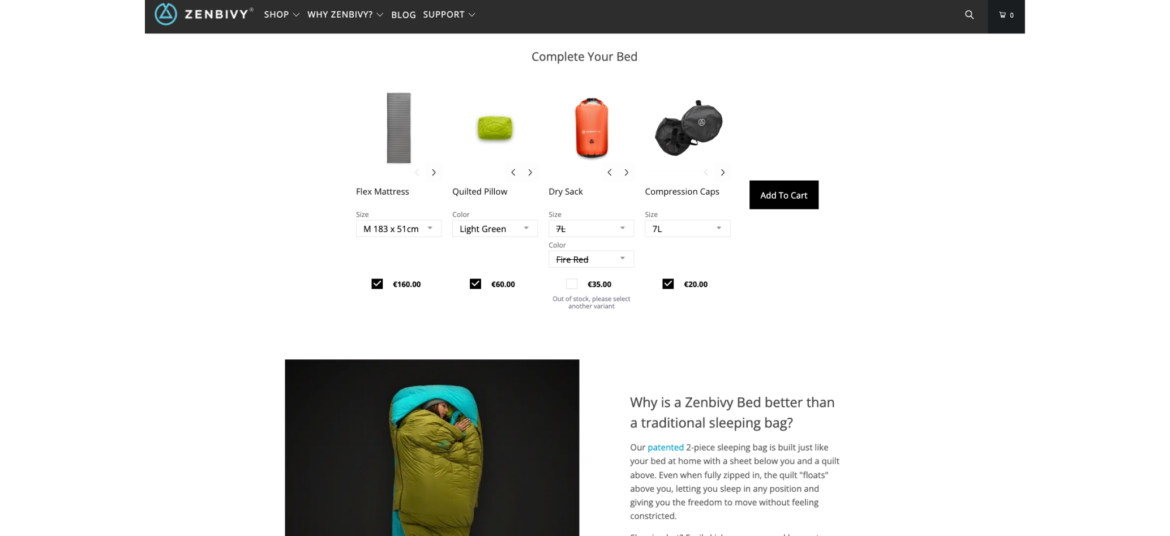

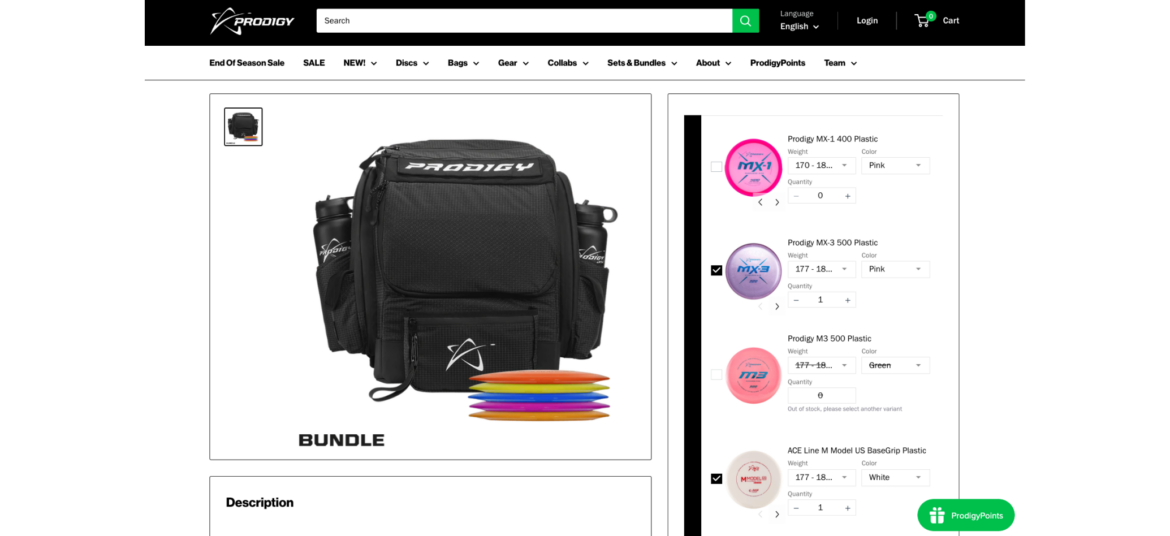

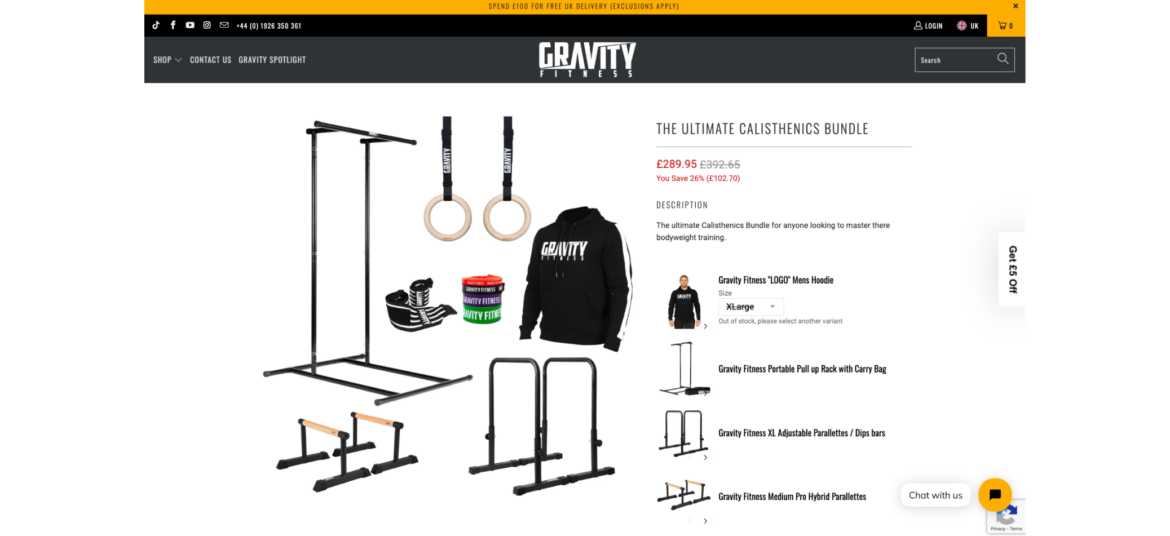

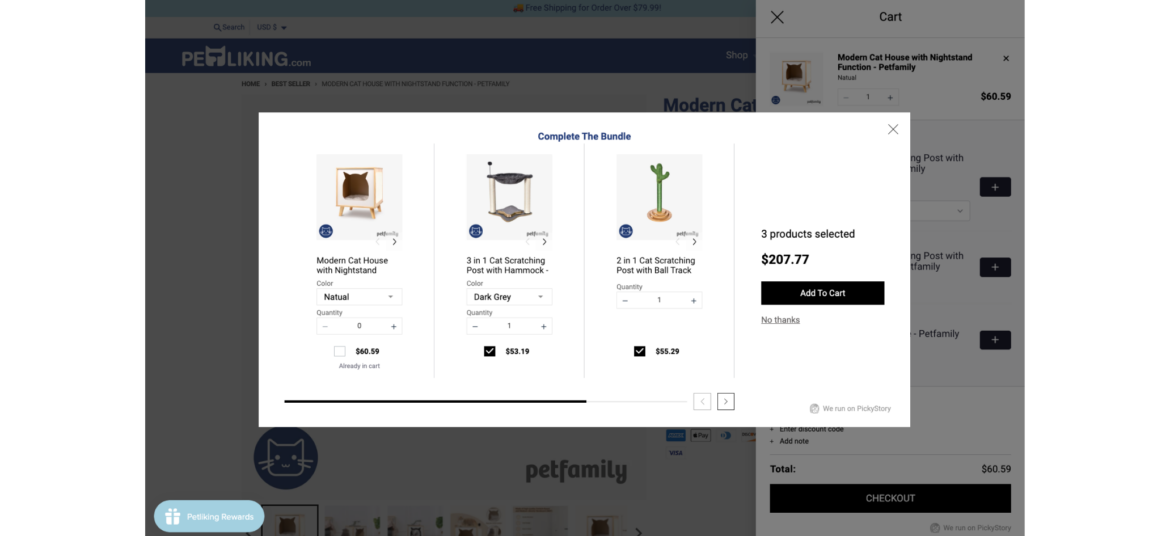

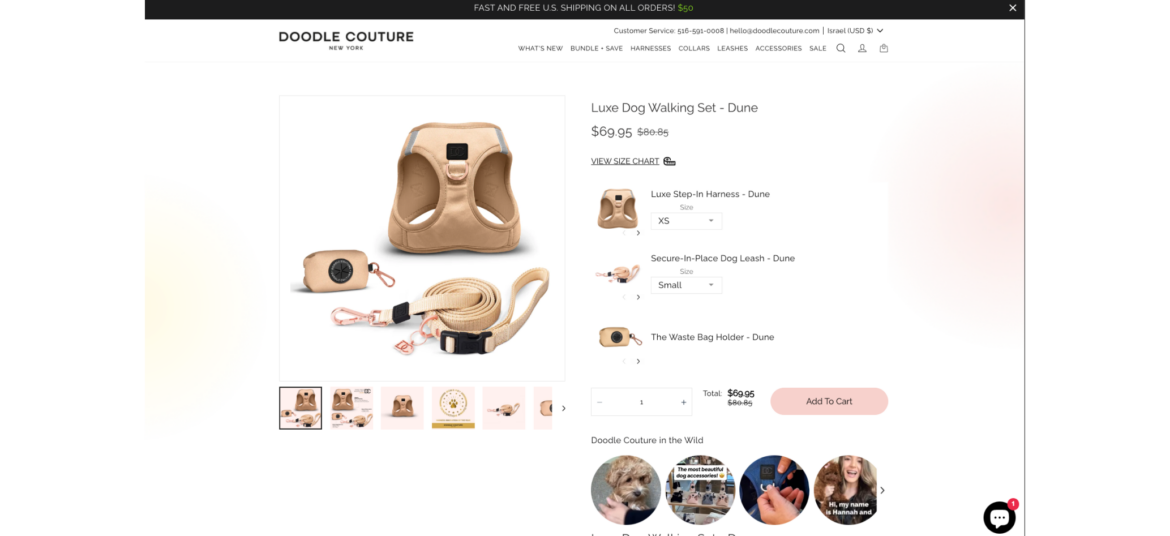

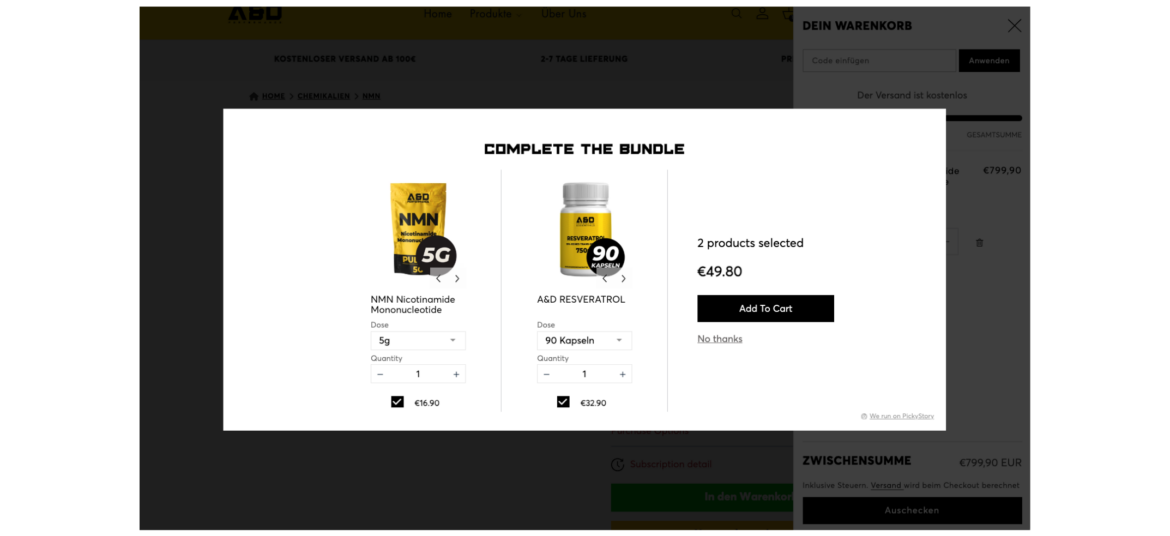

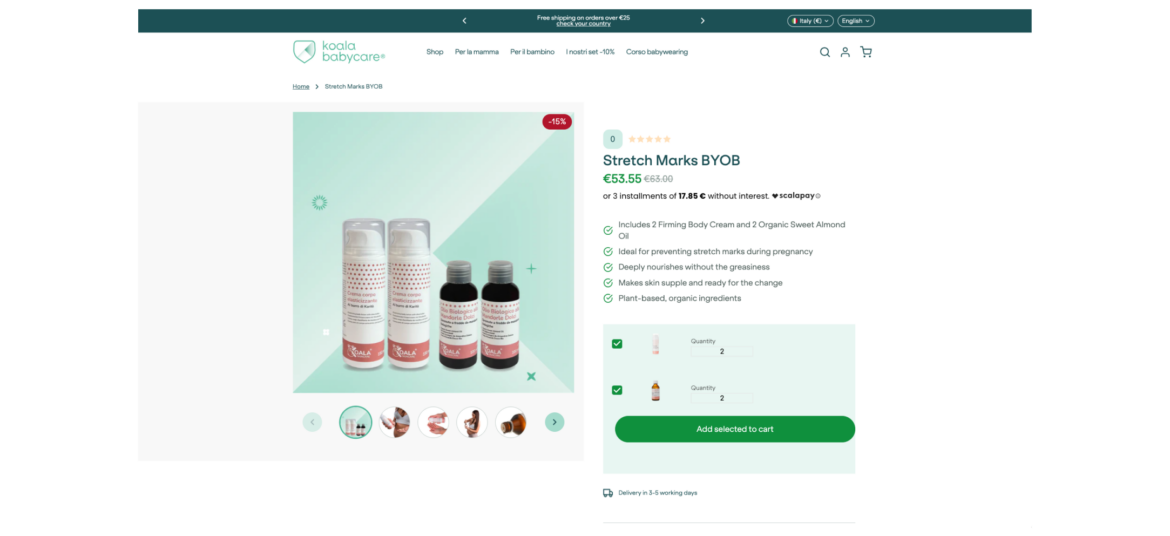

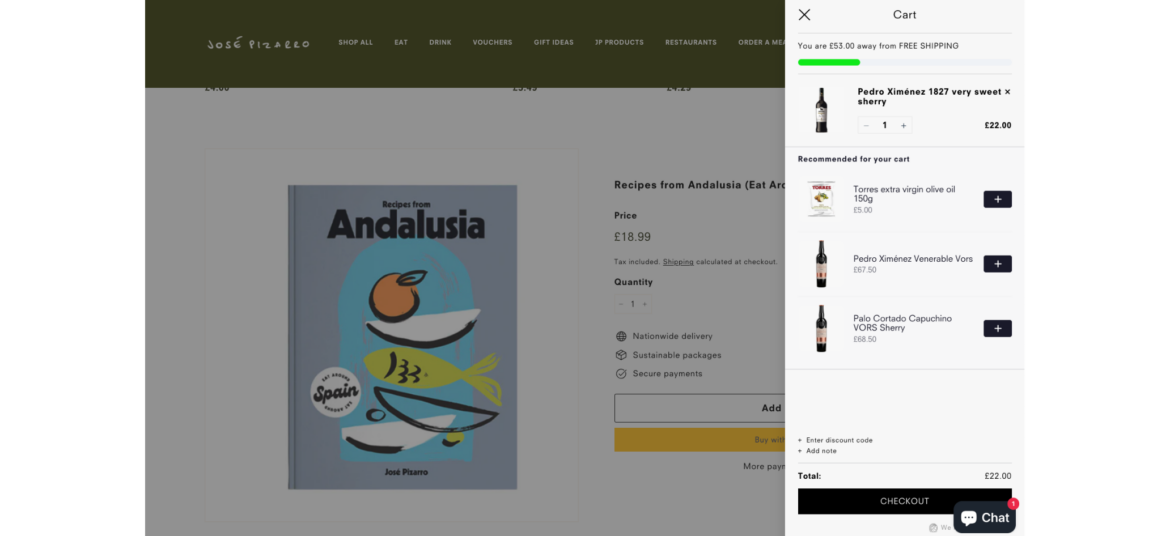

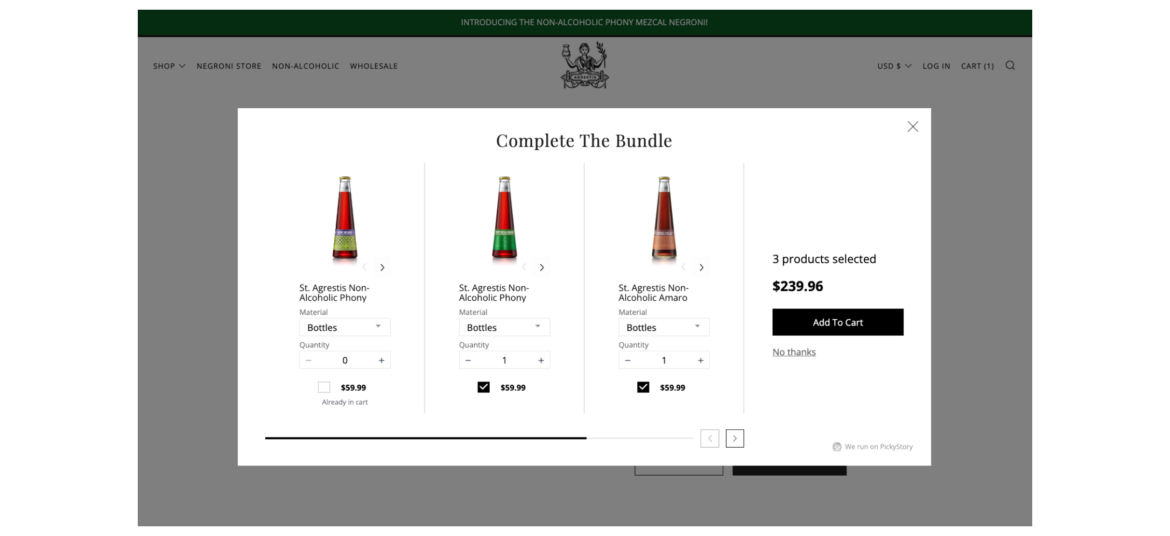

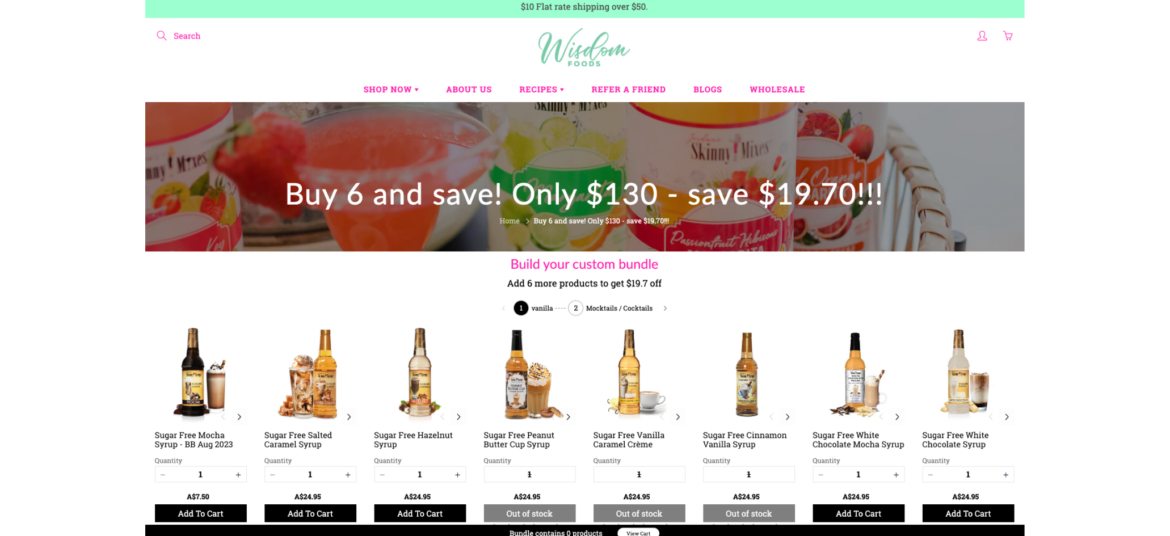

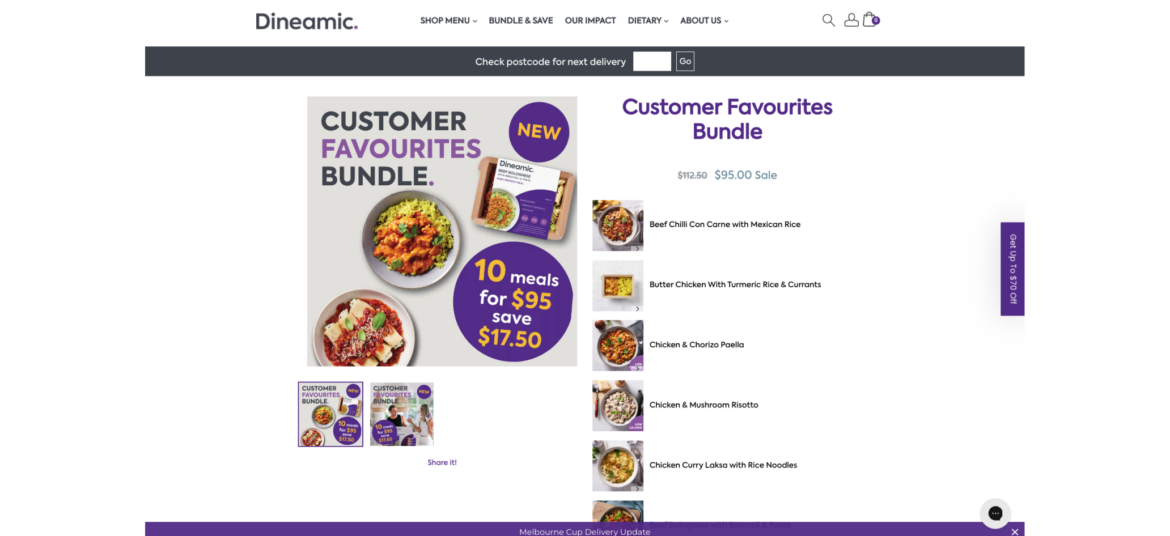

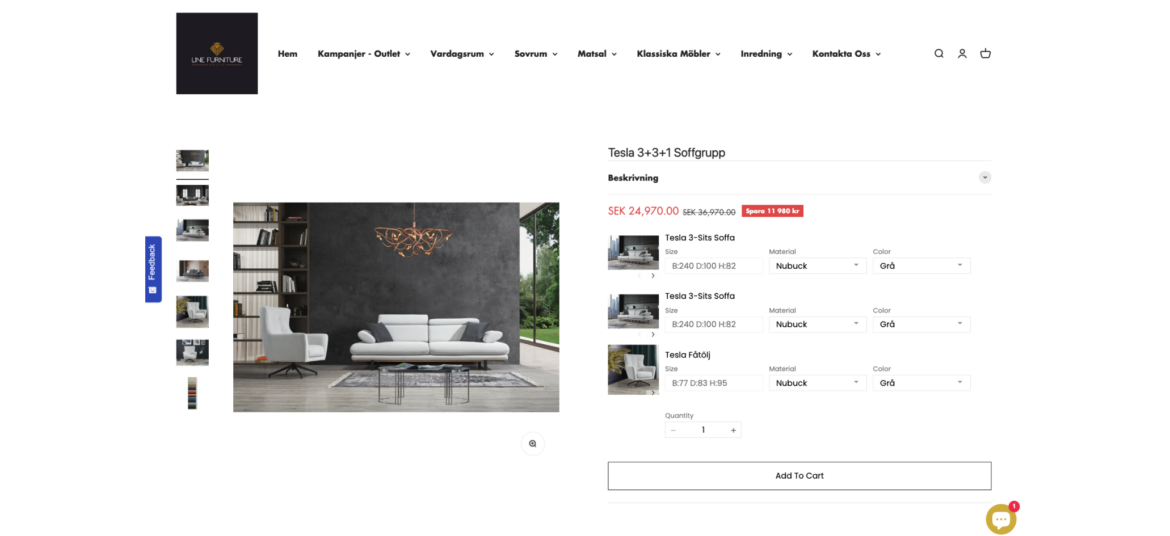

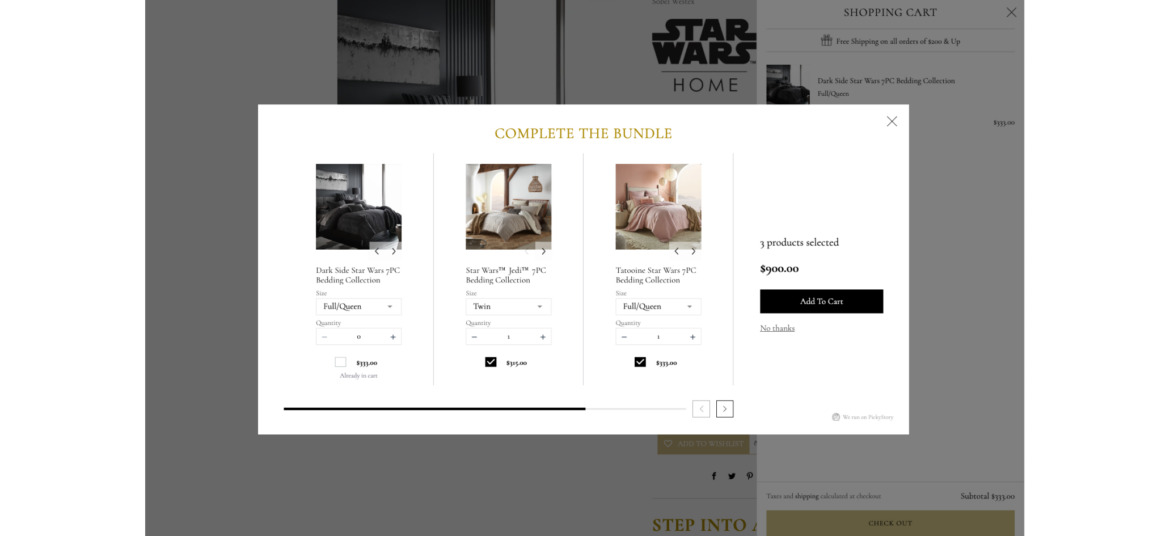

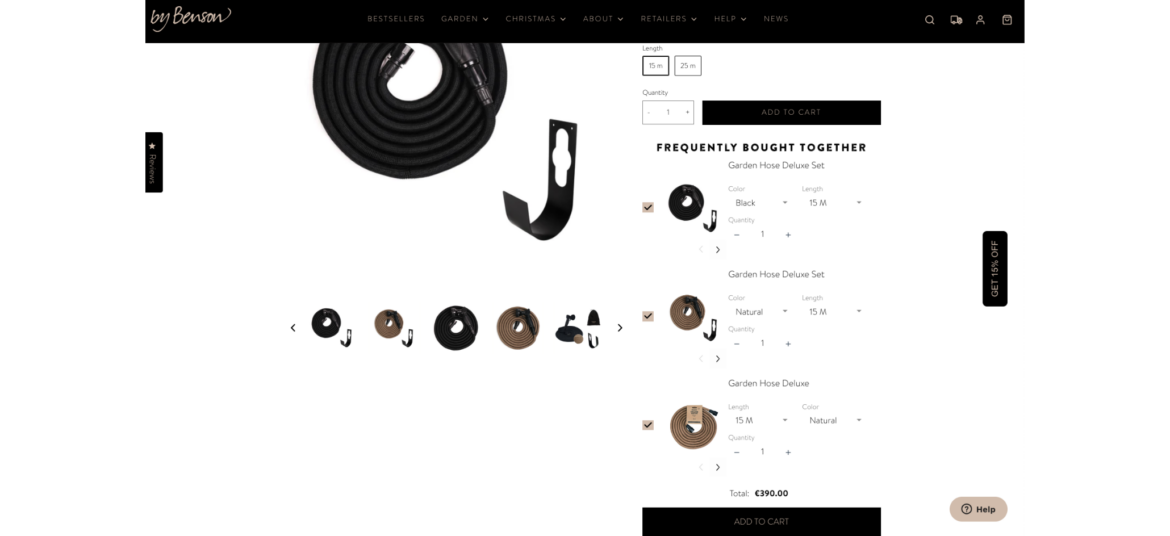

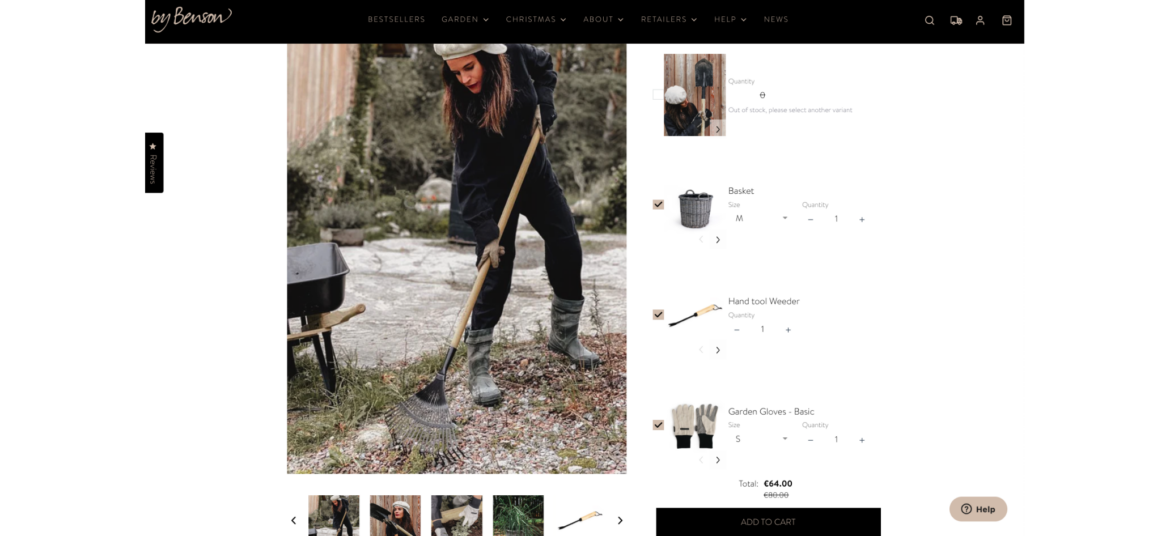

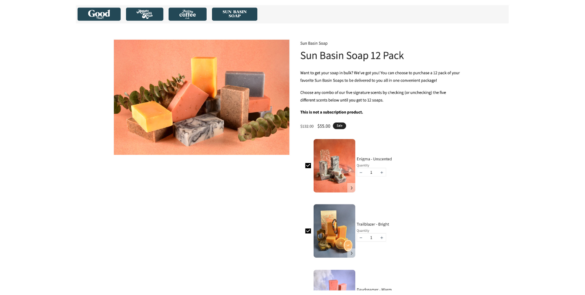

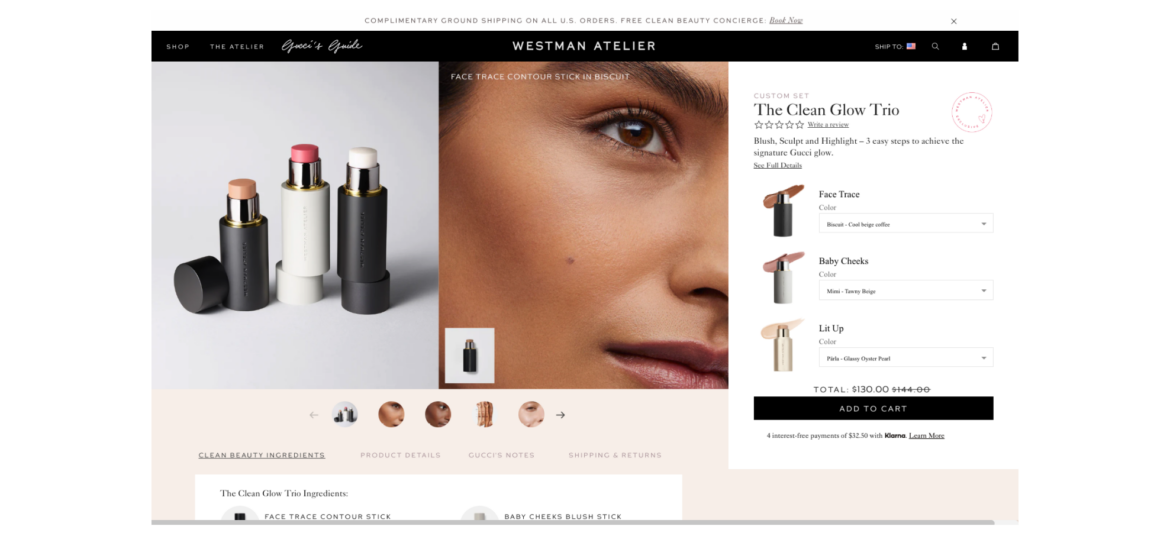

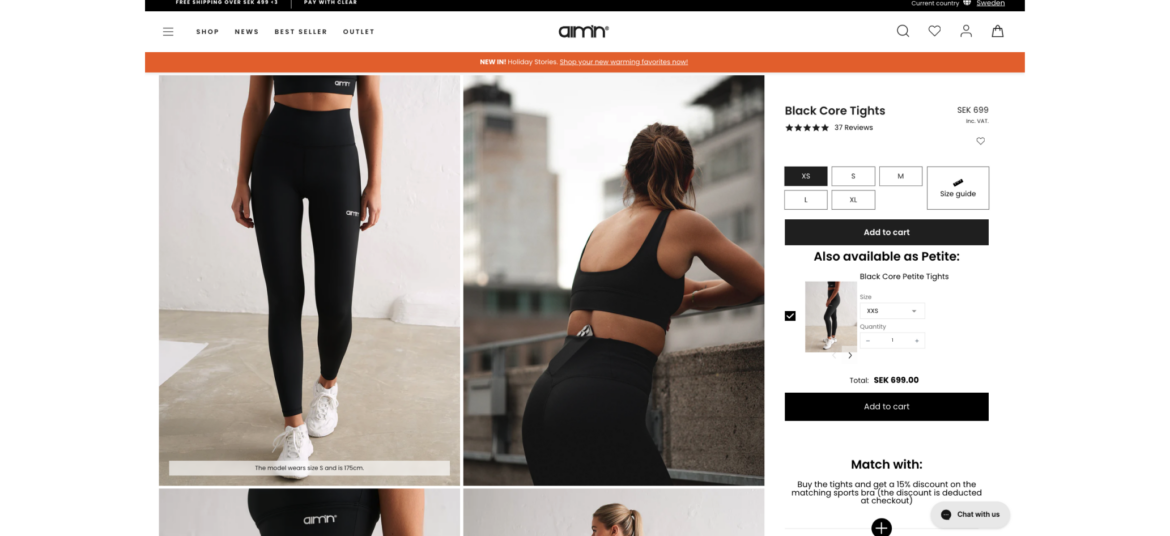

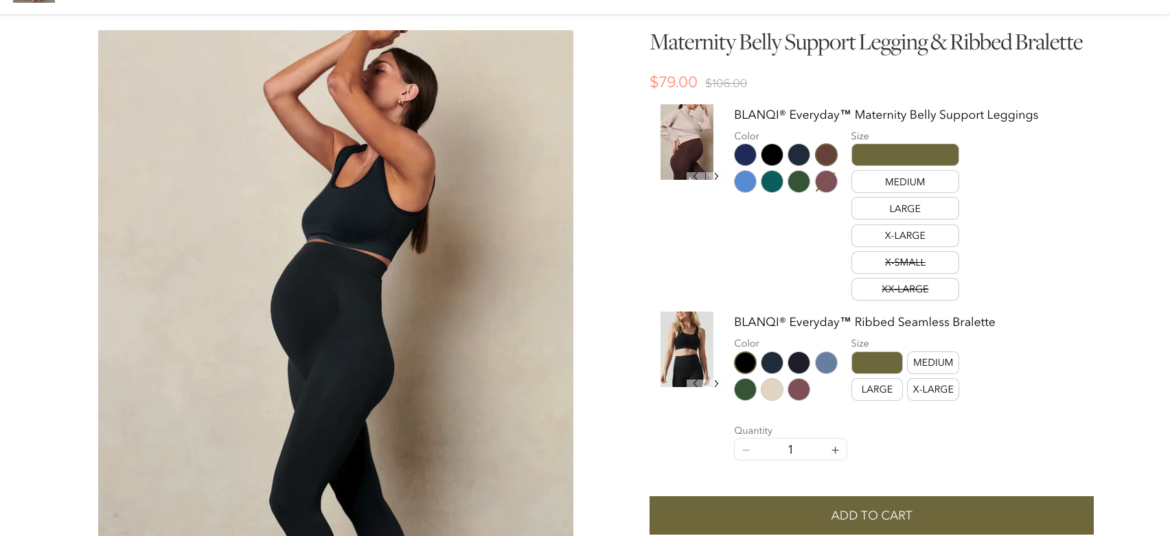

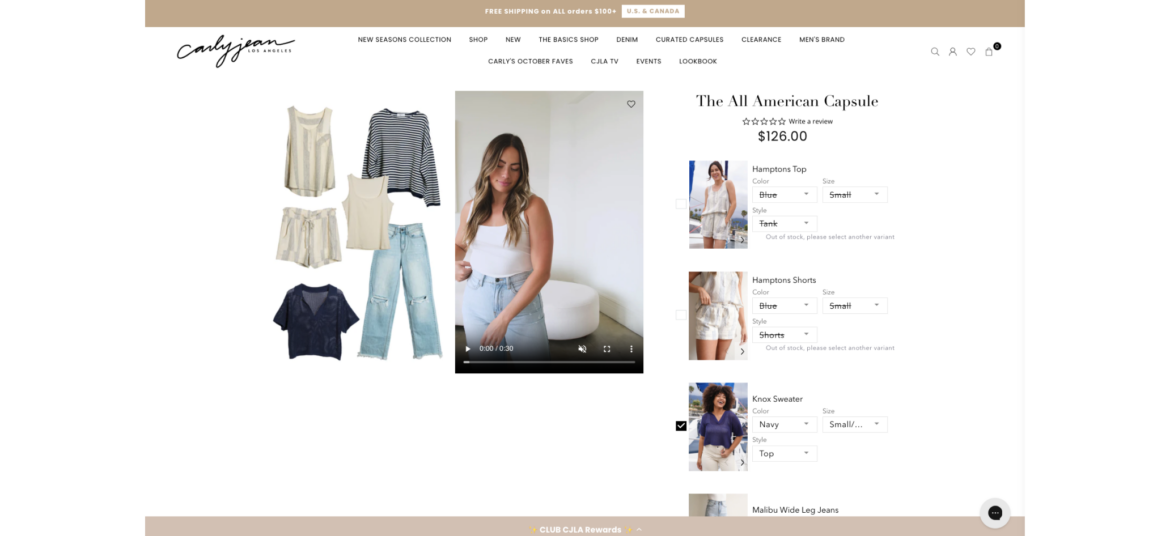

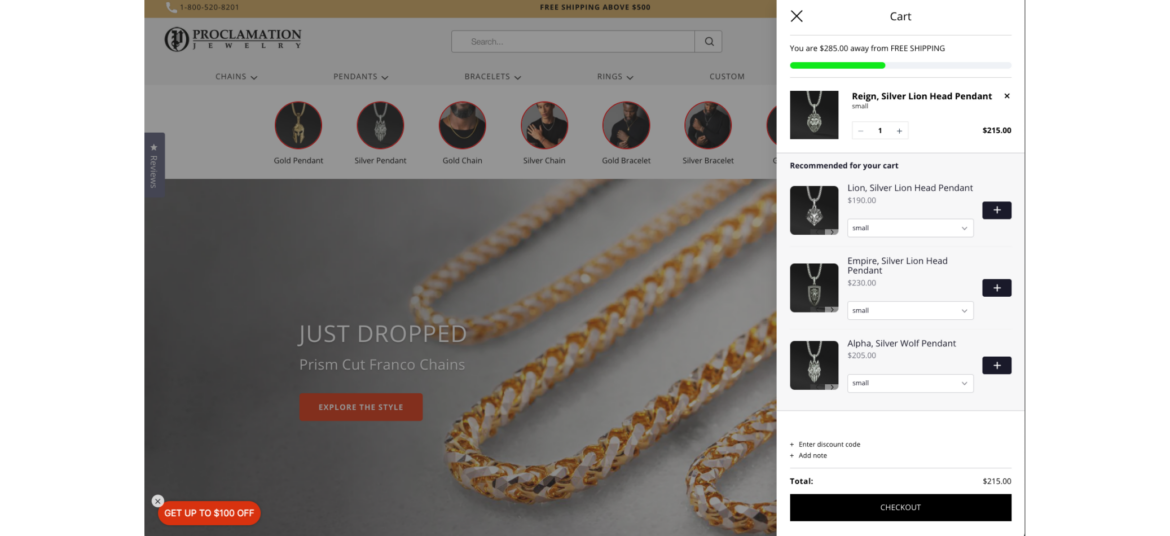
Get matched with the right partner. PickyStory will do all the work to connect you with one of our awesome partners.

Convert more visitors into buyers with PickyStory's e-commerce conversion platform
By entering your email, you agree to receive marketing emails from PickyStory.